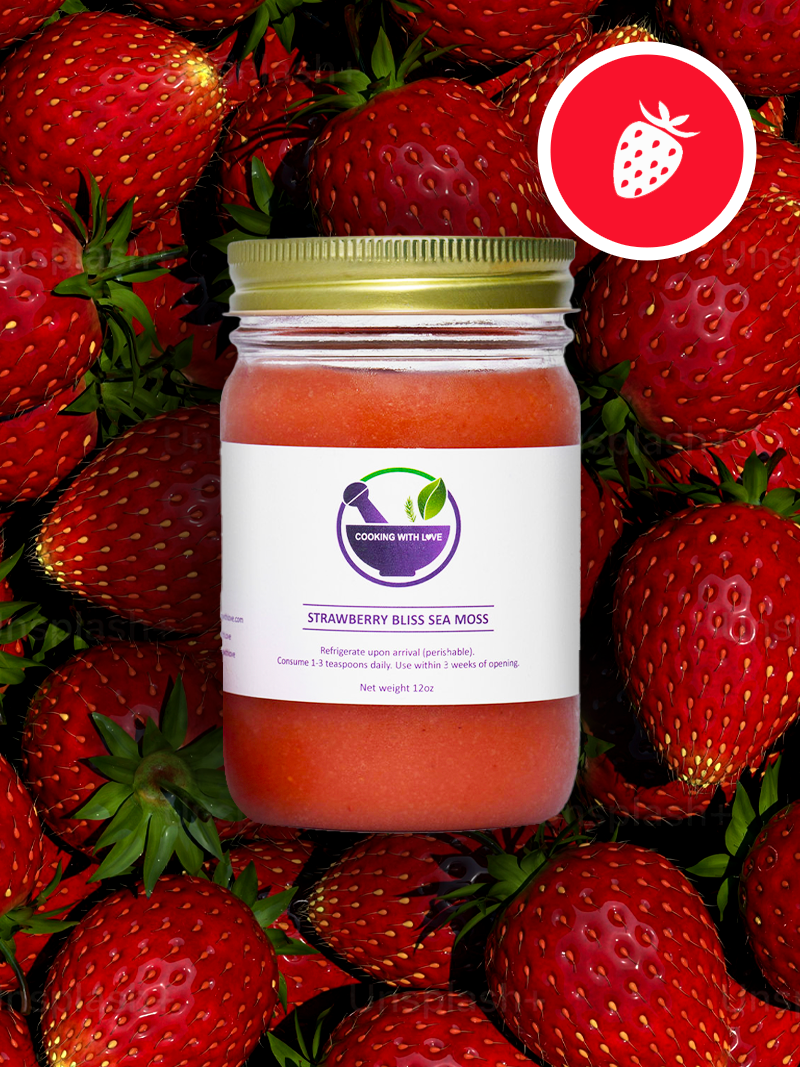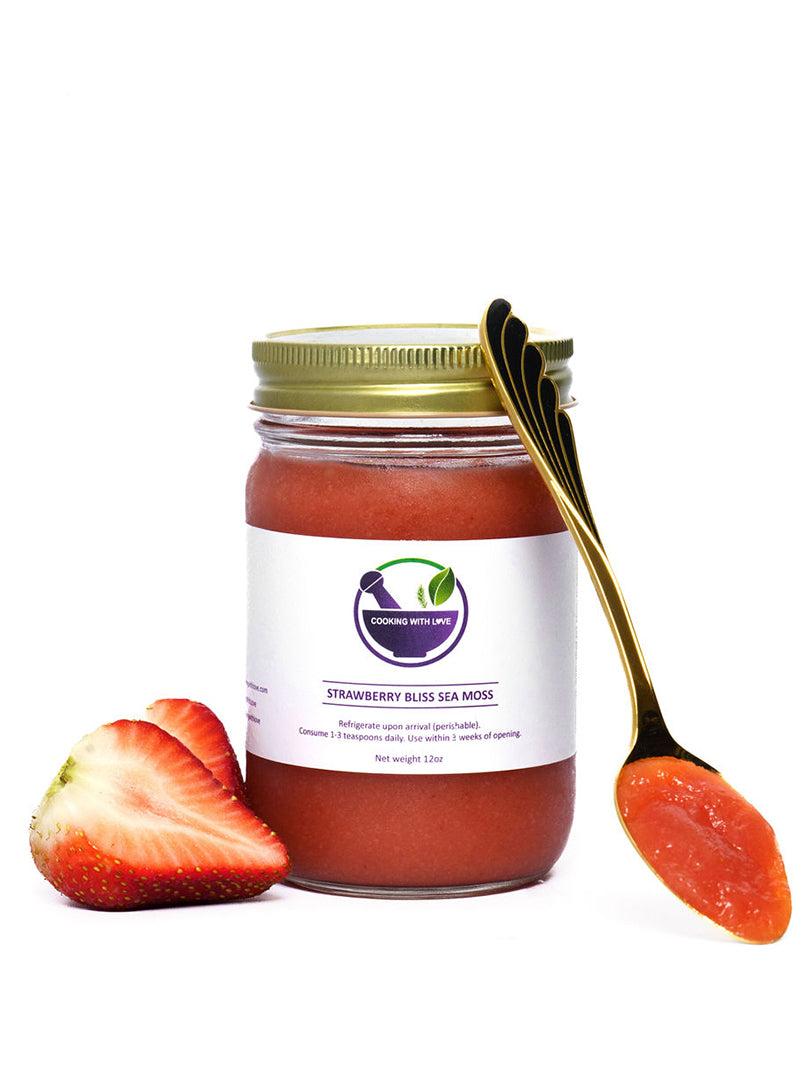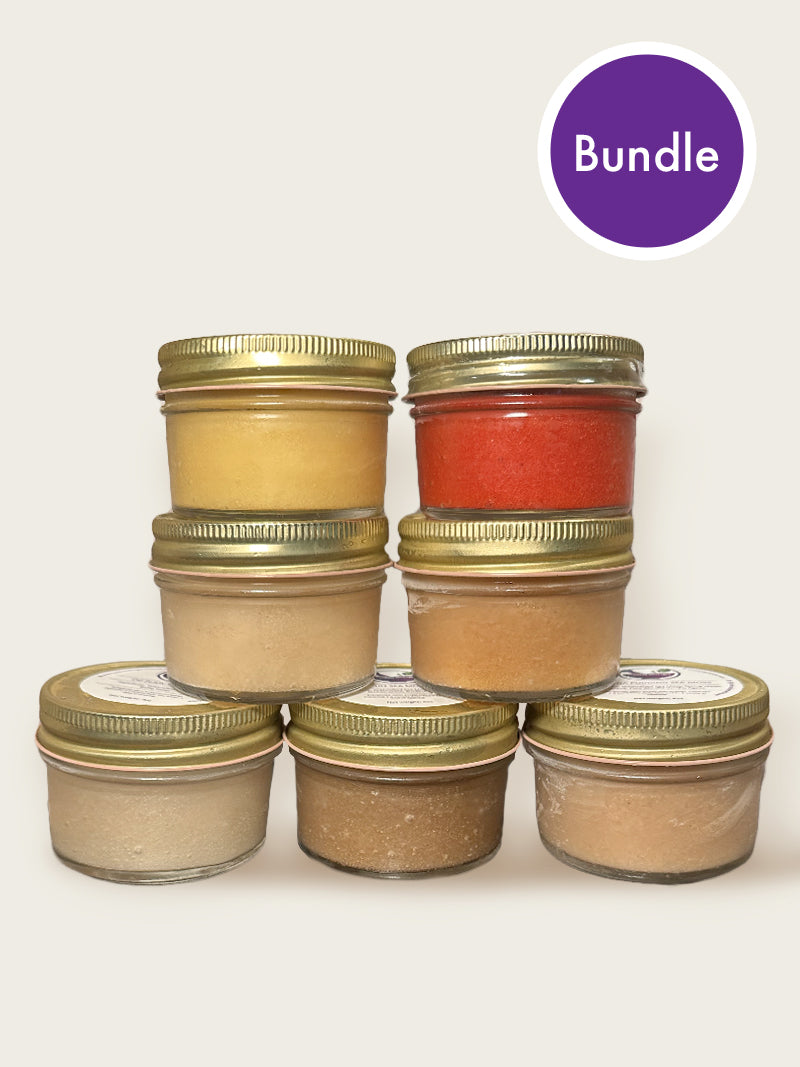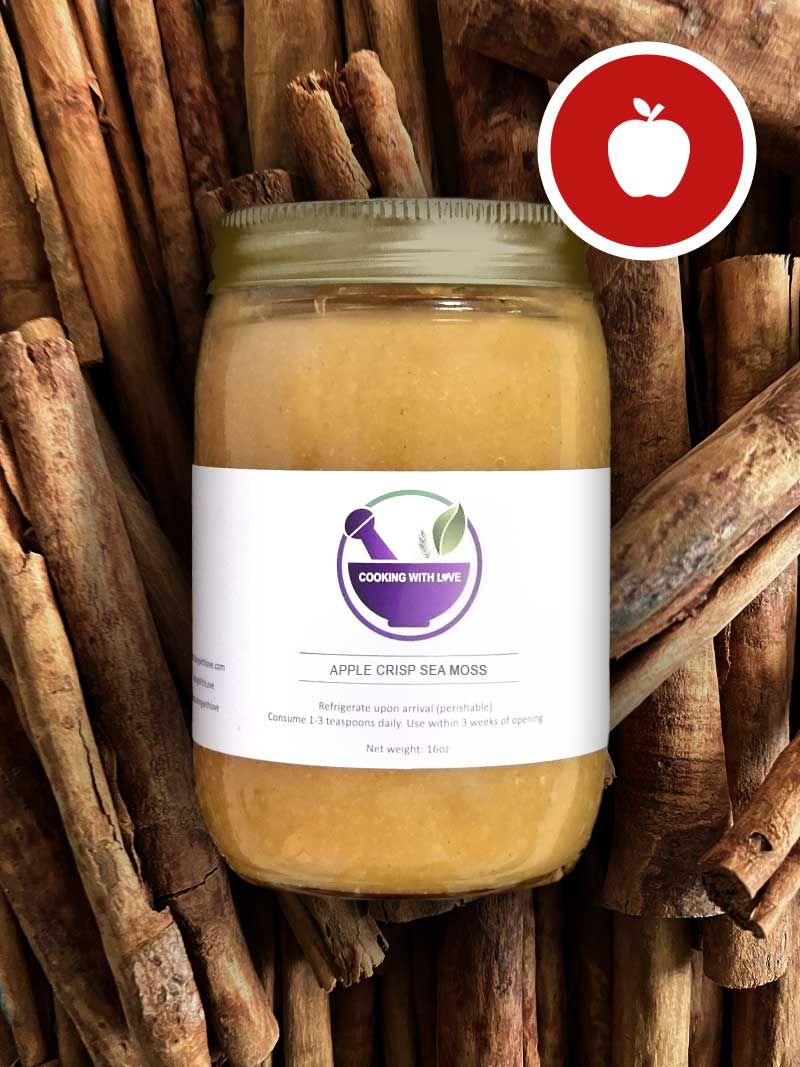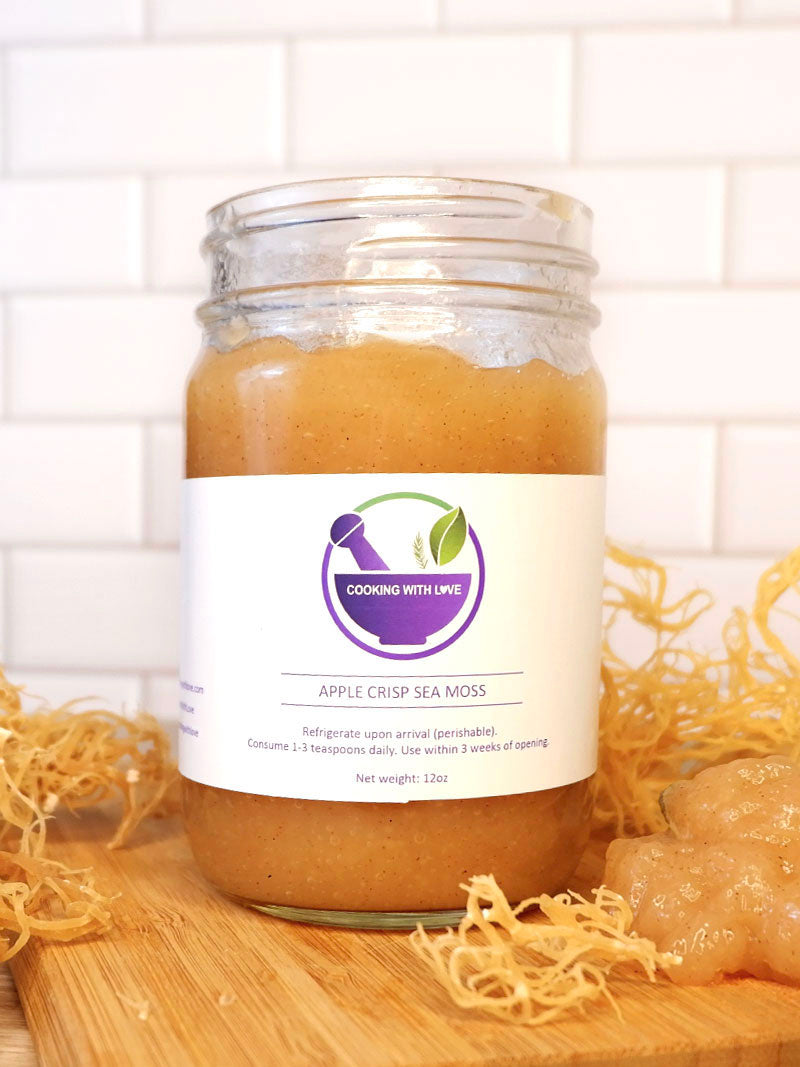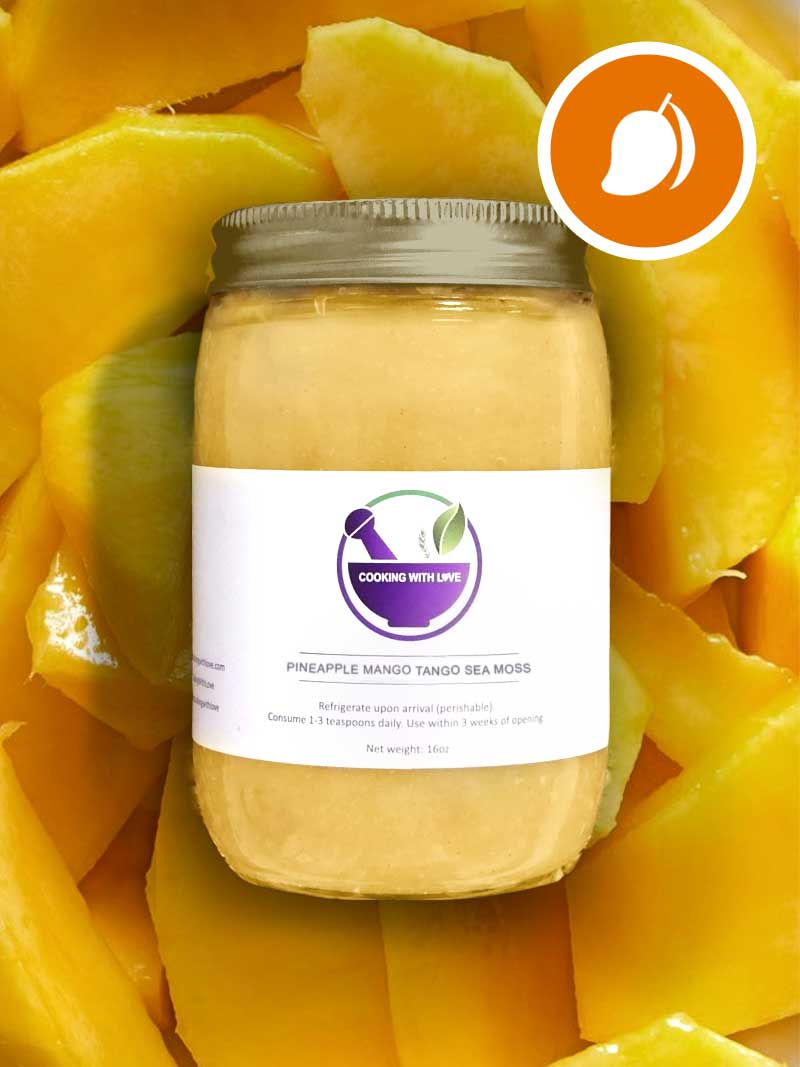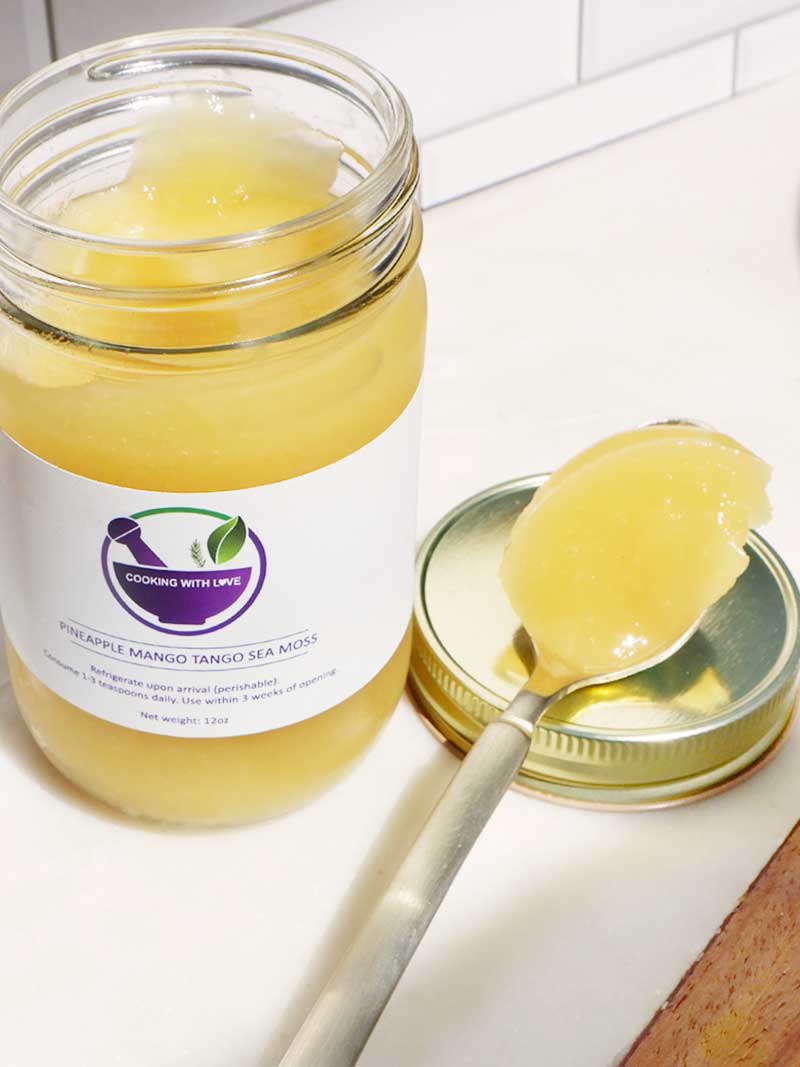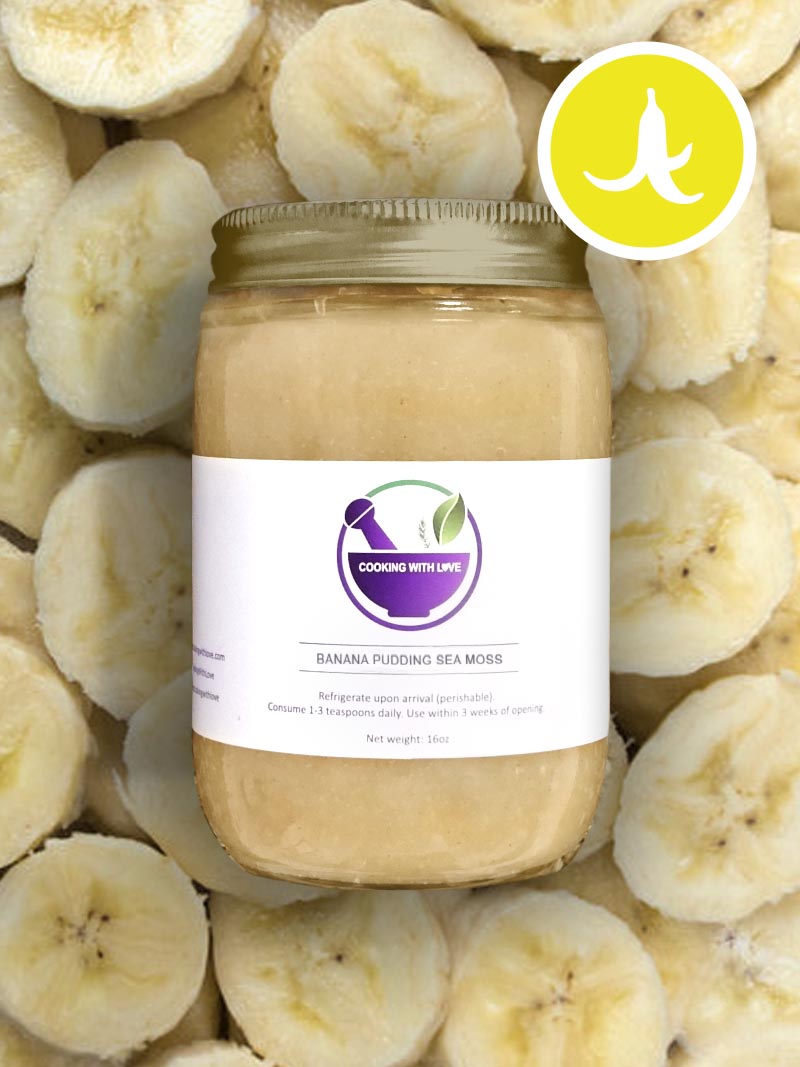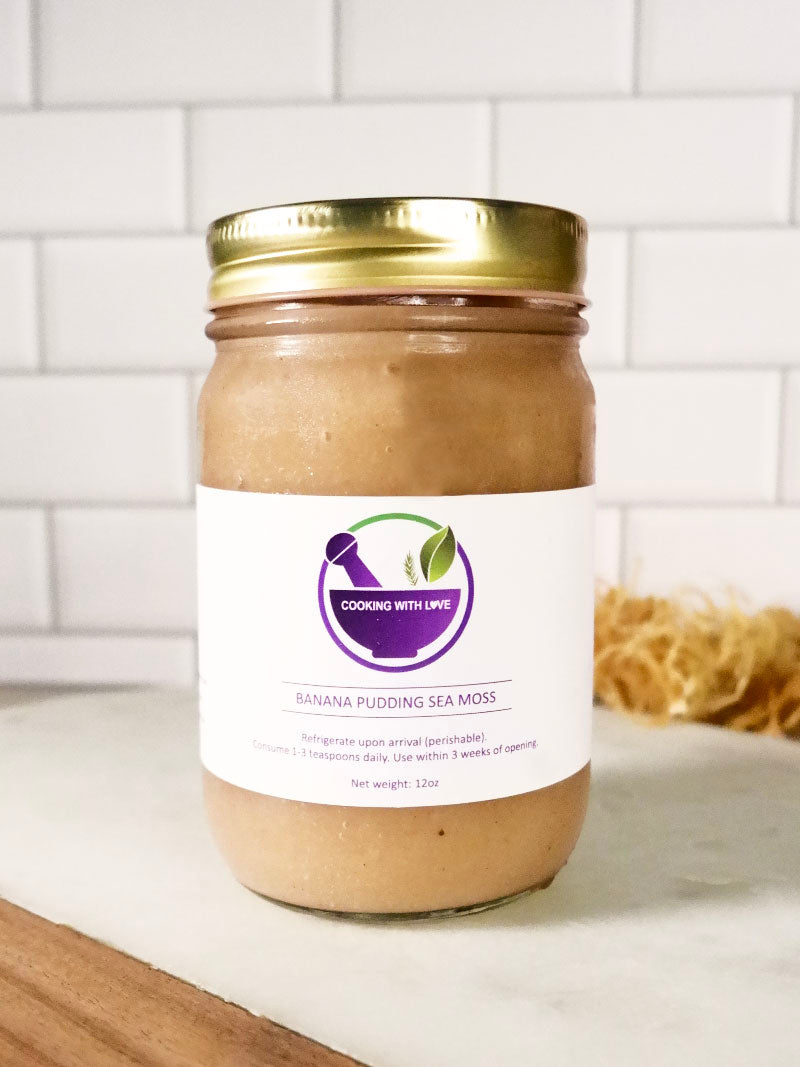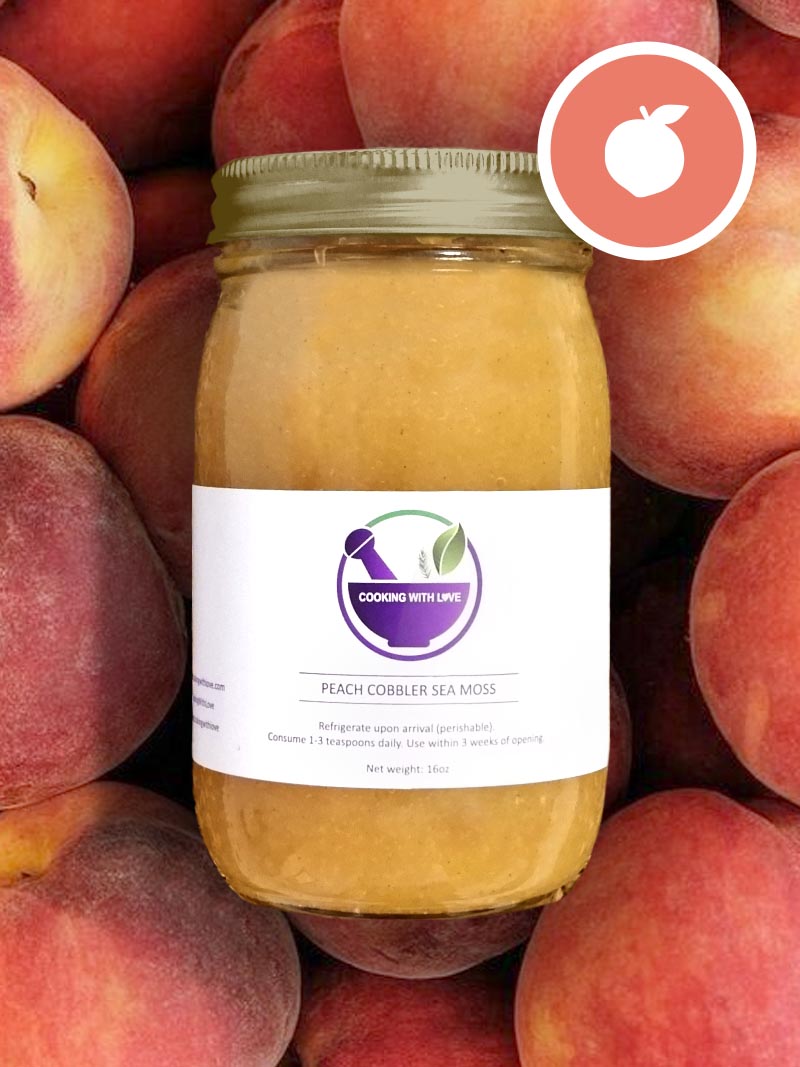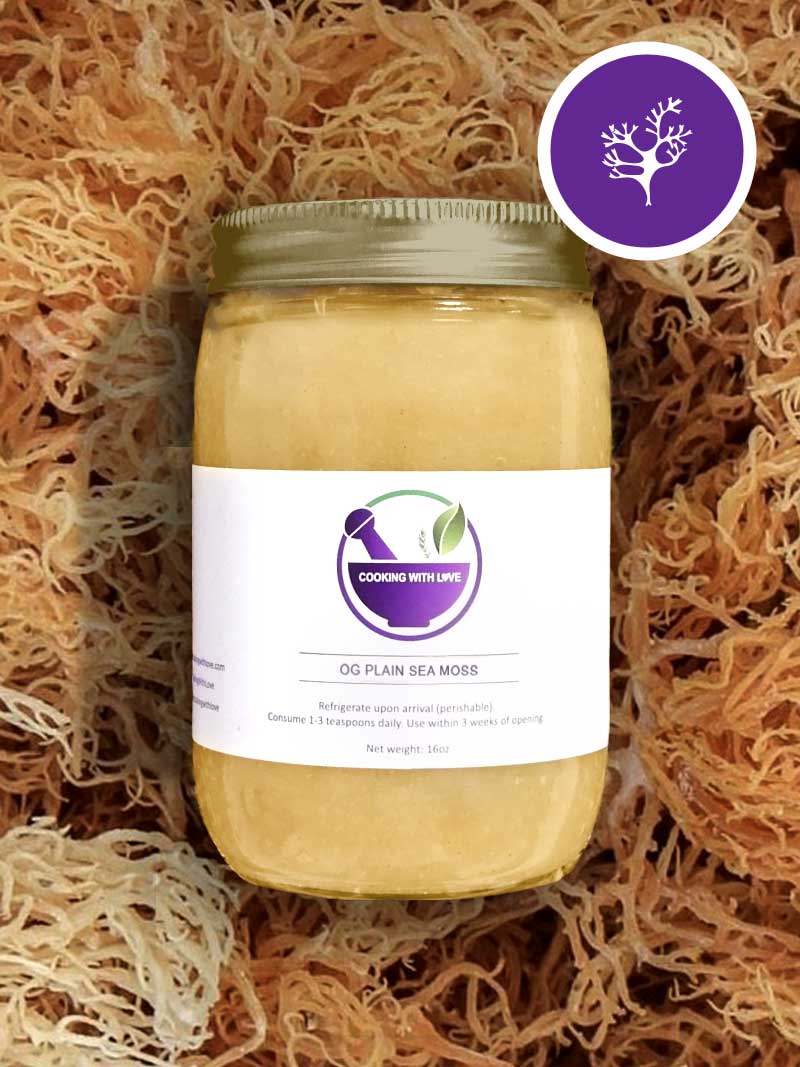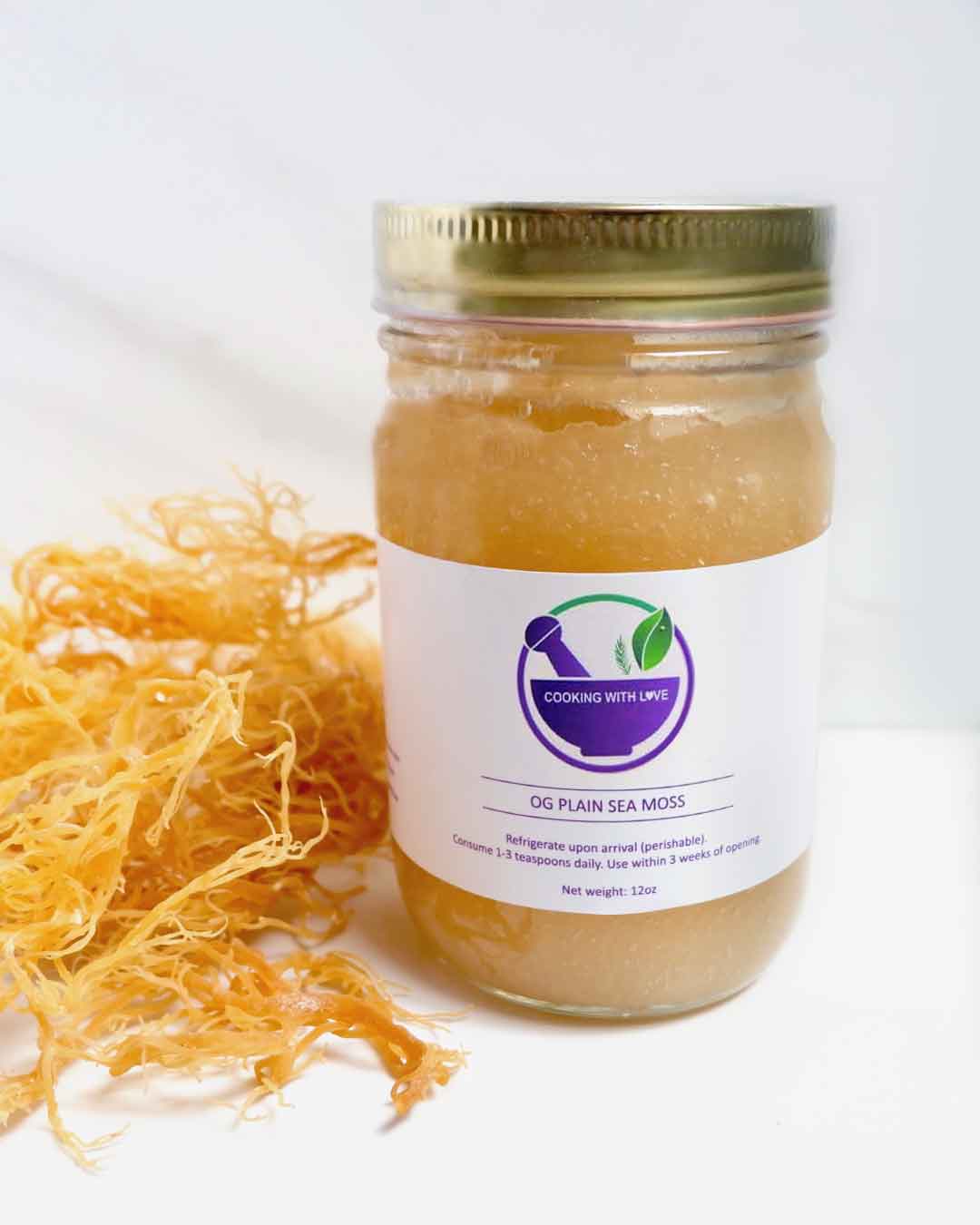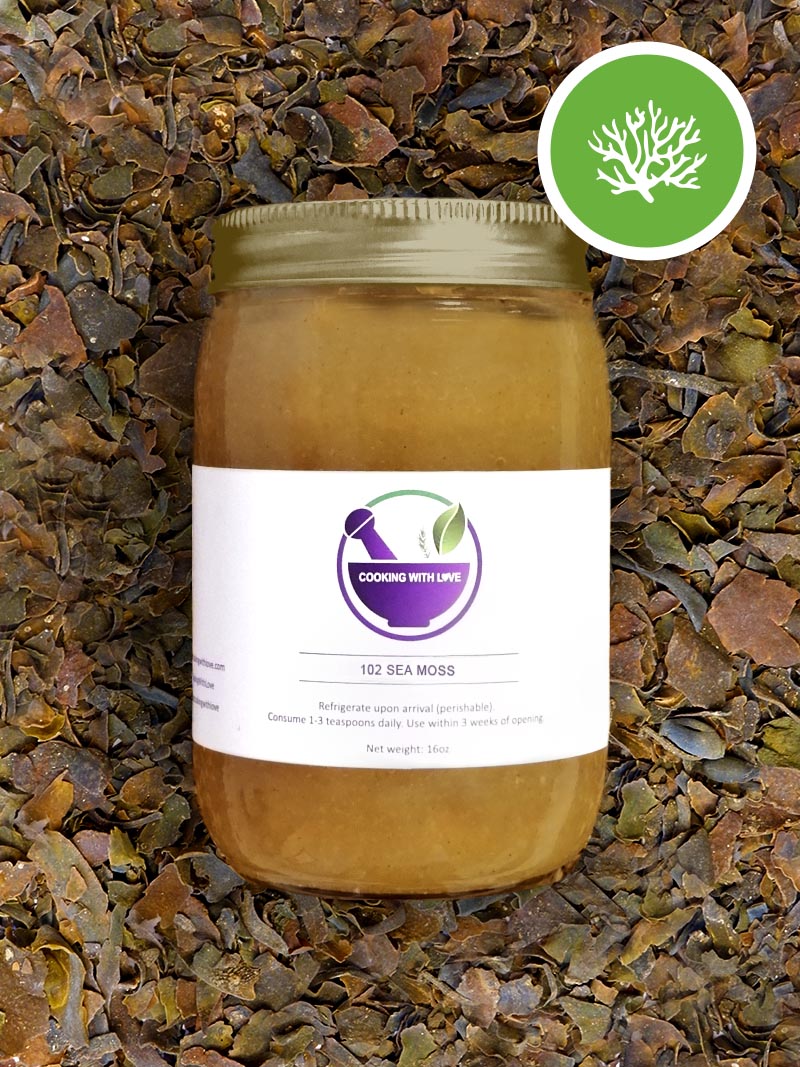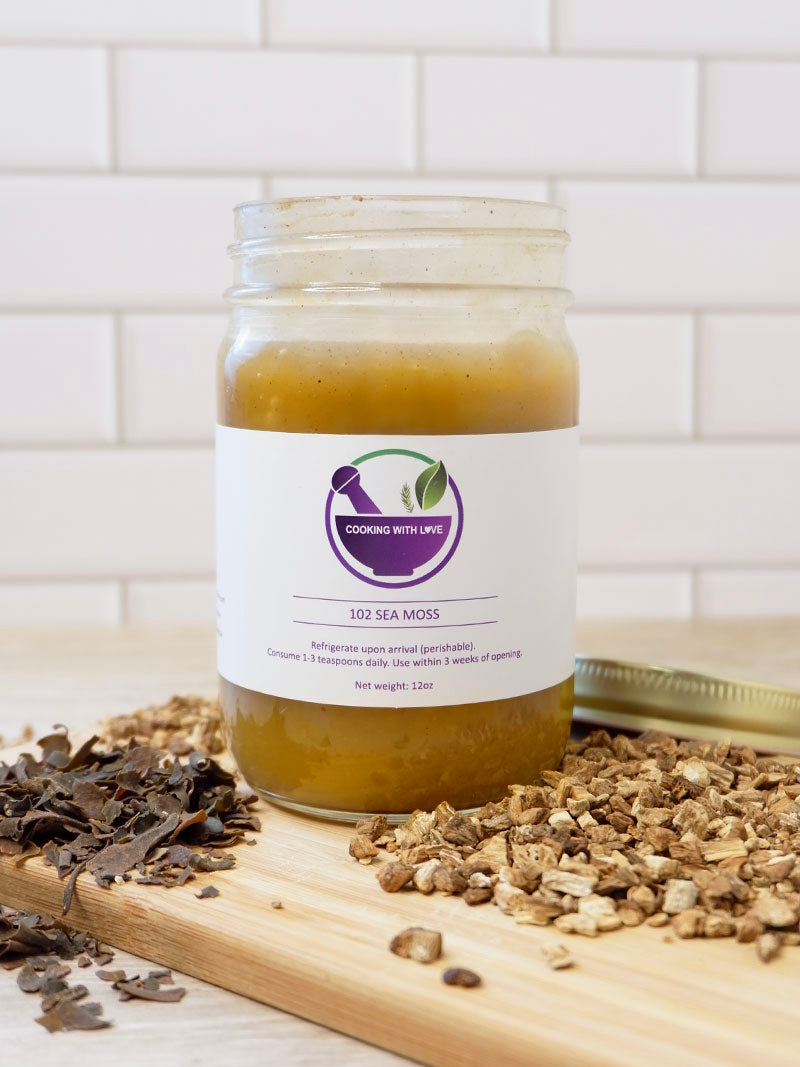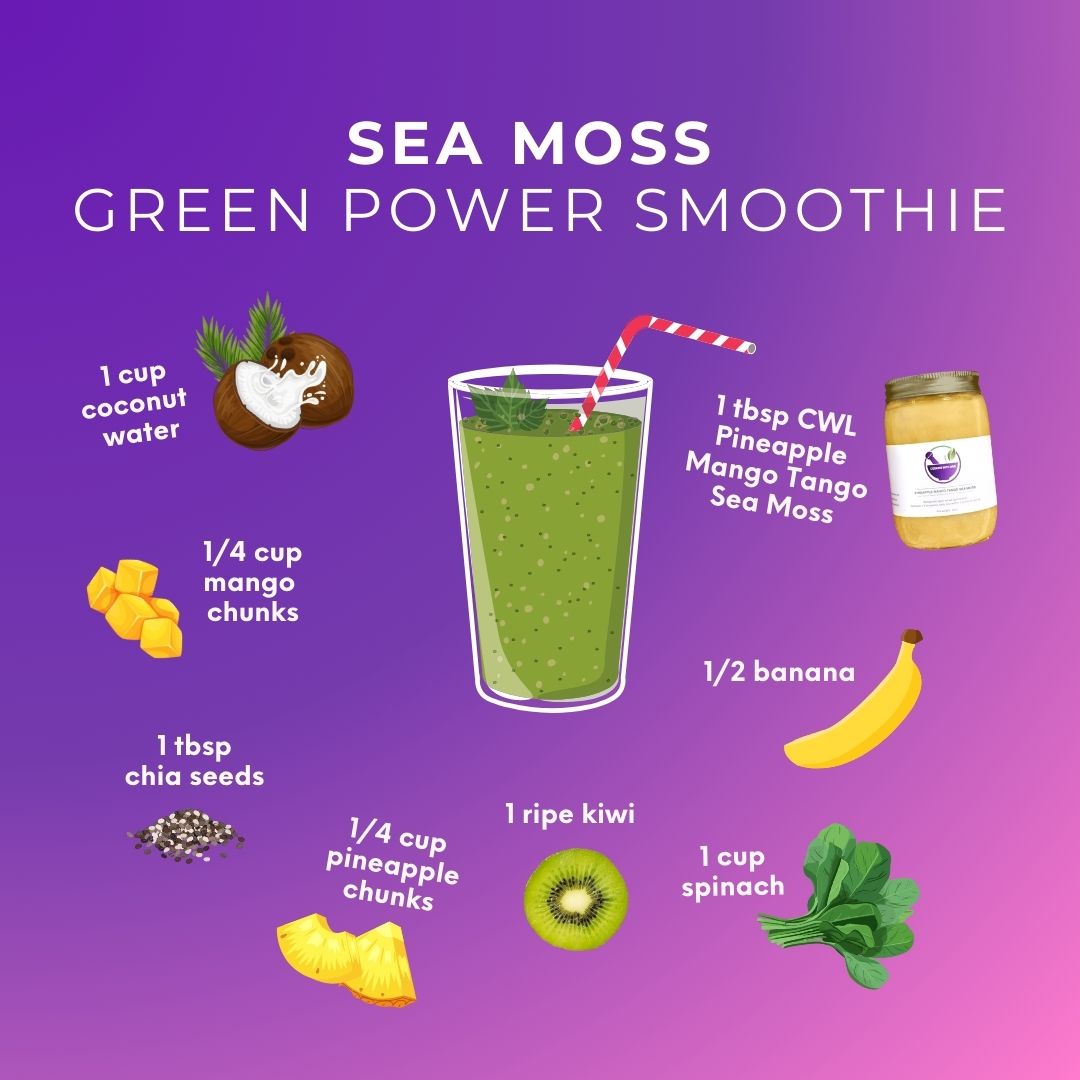How To Store Sea Moss Gel: Understanding Shelf Life and Storage
When stored properly in the refrigerator, sea moss gel typically lasts 2-3 weeks before it starts to spoil. This natural product doesn't have a long shelf life, so it's important to know how to store it correctly and recognize signs of spoilage.
You can extend the life of your sea moss gel by keeping it in an airtight container in the fridge. Look for changes in smell, color, or texture to tell if it's gone bad.
Fresh sea moss gel should have a mild ocean scent and a smooth consistency. If you notice any odd smells or see mold growing, it's time to toss it out.
Making smaller batches of sea moss gel can help you use it up before it expires. You can also freeze portions to make them last longer.
By following good storage practices, you can enjoy the benefits of sea moss gel while avoiding waste.
Key Takeaways
- Sea moss gel lasts 2-3 weeks in the fridge when stored properly
- Keep sea moss gel in an airtight container and watch for signs of spoilage
- Make smaller batches or freeze portions to extend shelf life
What Is Sea Moss Gel
Sea moss is a sea vegetable, a part of the seaweed/sea algae family that is edible and considered a superfood, rich in vitamins, minerals, nutrients, and antioxidants.
Sea moss comes in various species and colors, ranging from green, yellow, and purple to red and brown. Among the most notable species is Chondrus Crispus, often called Irish Sea Moss, which thrives along the Atlantic coasts of Canada, the United States, Africa and Ireland. In warmer waters, species like Eucheuma Cottonii and Gracilaria flourish, particularly in the Caribbean regions of St. Lucia and Jamaica, known for producing some of the finest wild-harvested sea moss in the world. Cooking With Love utilizes wild-crafted Eucheuma Cottonnii sea moss from St. Lucia for our premium assorted sea moss gels. Our sea moss gels can be eaten directly off the spoon, added to a smoothie, tea, soups, and used for face, skin, and hair.
Composition and Nutritional Profile
Sea moss gel is made by soaking dried sea moss in water until it swells and forms a gel-like consistency. It's rich in minerals like iodine, potassium, and magnesium.
The gel contains vitamins A, C, and E, as well as antioxidants. It's low in calories but high in fiber, making it a nutritious addition to your diet.
Sea moss gel's primary ingredient outside of the moss is water. The main source of nutrients in sea moss contains a variety of vitamins, minerals, and bio active compounds.
Nutritional Profile Of sea Moss Gel
(Approximate per 2 tablespoons, or -10 grams of sea moss gel)
Here's a quick breakdown of its main components:
- Water
- Carbohydrates
- Protein
- Minerals: Iodine, Calcium, Magnesium, Iron, Potassium, Zinc
- Vitamins: A (Beta-carotene): Trace amounts, C, E, K, B (B2, B3, B6)
- Phytonutrients and Bioactive Compounds: Carrageenan (a natural polysaccharide contributing to each gel like consistency)
- Antioxidants like flavonoids and phenolic compounds.
Popular Uses of Sea Moss Gel
You can use sea moss gel in many ways. It's often added to smoothies, juices, and other beverages for a nutrient boost.
In cooking, you can use it as a thickener for soups, sauces, and desserts. Some people apply it directly to their skin as a moisturizer or face mask.
Sea moss gel is also used in:
- Vegan recipes as an egg substitute
- Homemade skincare products
- Natural hair care treatments
Many believe it supports digestive health, thyroid function, and immune system strength. However, more research is needed to confirm these benefits.
Remember to start with small amounts if you're new to sea moss gel. It's always best to consult with a healthcare professional before adding new supplements to your diet.

Shelf Life of Sea Moss Gel
Sea moss gel has a limited shelf life that depends on several factors. Knowing how long it lasts can help you use it safely and effectively.
Factors Influencing Expiration
Temperature plays a big role in how long sea moss gel stays fresh. Keeping it cold slows spoilage. The way you make and store it also matters. Clean tools and containers help prevent bacteria growth.
The quality of the sea moss impacts shelf life too. Fresh, high-quality sea moss tends to last longer as gel. Adding other ingredients like lemon juice can extend freshness a bit.
Exposure to air speeds up spoilage. Keeping your sea moss gel in an airtight container is key. The less you open it, the longer it stays good.
Average Lifespan in Different Conditions
In the fridge, it stays fresh for 2-3 weeks. Freezing can extend its life to 2-3 months.
Here's a quick breakdown
- Refrigerated: 2-3 weeks
- Frozen: 2-3 months
Signs of spoiled gel include a sour smell, mold, or changes in color or texture. When in doubt, it's best to toss it out and make a fresh batch.
Safe Storage Practices
Proper storage is key to extending the shelf life of sea moss gel. Following these practices will help keep your gel fresh and safe to use for longer.
Ideal Temperature and Humidity
Store sea moss gel in the refrigerator at 35-40°F (2-4°C). This cool temperature slows bacterial growth and keeps the gel fresh. Avoid placing it near the back of the fridge where it might freeze.
Keep humidity low in the storage area. Excess moisture can promote mold growth. Use an airtight container to protect the gel from absorbing fridge odors and excess moisture.
For longer storage, you can freeze sea moss gel. Pour it into ice cube trays first. Once frozen, transfer the cubes to a freezer bag. Frozen gel can last up to 3 months.
Container and Environmental Considerations
If making your own sea moss gel at home, choose a clean, airtight glass or BPA-free plastic container. Glass is ideal as it won't absorb odors or leach chemicals. Make sure the container is thoroughly cleaned and dried before use.
Fill the container almost to the top, leaving minimal air space. This reduces oxidation and helps preserve freshness.
Keep the gel away from strong-smelling foods in the fridge. Sea moss can absorb odors easily.
Label your container with the date you made or opened the gel. This helps you track its freshness.
Use clean utensils when scooping out gel to prevent introducing bacteria.

Preparation to Prolong Shelf Life
Proper preparation is key to extending the shelf life of sea moss gel. By following a few simple steps, you can keep your gel fresh for longer.
Cleanliness During Preparation
Cooking With Love proudly prepares our premium assorted sea moss gels in a Georgia approved commercial kitchen by the Department of Agriculture.
If you are preparing your own sea moss gel, start with clean tools and a sanitized workspace. Wash your hands thoroughly before handling the sea moss. Rinse the sea moss well to remove any salt, sand, or debris. Use filtered water for soaking and blending to reduce contaminants.
Clean and sterilize your blender or food processor before use. Make sure all containers and lids for storing the gel are properly washed and dried. Avoid touching the gel directly with your hands during the preparation process.
By maintaining a clean environment, you reduce the risk of bacterial contamination that can shorten the gel's shelf life.
Methods to Extend Freshness
By adding a natural preservatives to your sea moss gel such as a squeeze of lemon or lime juice can help prevent spoilage.
The citric acid acts as a natural preservative and may extend the gel's longevity.
Blend the sea moss thoroughly to create a smooth consistency. This helps distribute any added preservatives evenly throughout the gel.
Store your gel in an airtight container to prevent exposure to air and moisture. Glass jars work well for this purpose. Fill the container to the top to minimize air space.
Refrigerate your sea moss gel promptly after preparation. The cold temperature slows down bacterial growth and helps maintain freshness. You can also freeze portions of the gel for longer-term storage.
Handling Expired Sea Moss Gel
Expired sea moss gel requires careful handling to avoid health risks. Here's what you need to know about disposing of old gel and the potential dangers of using it past its prime.
Disposal Recommendations
To safely get rid of expired sea moss gel, start by sealing it in a plastic bag. This prevents any odors from spreading. Next, toss the sealed bag into your regular trash.
Don't pour expired gel down the drain. It can clog pipes and harm the environment.
If you have a large amount, consider composting it. Sea moss gel breaks down easily and can enrich soil. Just make sure it's mixed well with other compost materials.
For eco-friendly disposal, check if your local recycling center accepts organic waste. They may have special processes for handling expired food products.
Potential Risks of Using Expired Product
Using expired sea moss gel can lead to several health issues. The most common problem is food poisoning. Symptoms may include nausea, vomiting, and diarrhea.
Expired gel can grow harmful bacteria. These microbes aren't visible but can make you very sick.
The nutritional value of sea moss gel decreases over time. Using old gel means you won't get the full benefits you're looking for.
Allergic reactions are more likely with expired products. Your body may react badly to the altered compounds in old gel.
Digestive discomfort is common when consuming expired sea moss. You might experience bloating, gas, or stomach pain.
Innovations in Preservation
New methods are emerging to keep sea moss gel fresh for longer. These approaches focus on natural ingredients and advanced packaging to extend shelf life.
Natural Preservatives
You can now find sea moss gel products with added natural preservatives. Some brands use citrus extracts like lemon or lime juice. These add a tangy flavor while helping prevent spoilage.
Another option is adding small amounts of ginger or turmeric. These spices have antimicrobial properties that slow bacterial growth. They may also boost the gel's health benefits.
Some companies are experimenting with plant-based extracts. Rosemary and thyme show promise in lab tests. These herbs might help sea moss gel last an extra week or two in your fridge.
Packaging Technologies
New packaging helps keep sea moss gel fresh longer. Vacuum-sealed containers remove air that can cause spoilage. This simple step can add days or weeks to shelf life.
Some brands use special plastic that blocks UV light. This prevents damage from sunlight exposure. You'll often see these as dark or opaque jars.
Modified atmosphere packaging is an exciting development. It replaces air in containers with inert gases. This slows down oxidation and microbial growth. With this method, your sea moss gel might stay good for up to two months.
Smart packaging with freshness indicators is on the horizon. These labels change color to show if the gel is still safe to eat. You won't have to guess about expiration dates anymore.
Start your journey with sea moss gel today and experience its incredible benefits for yourself!


